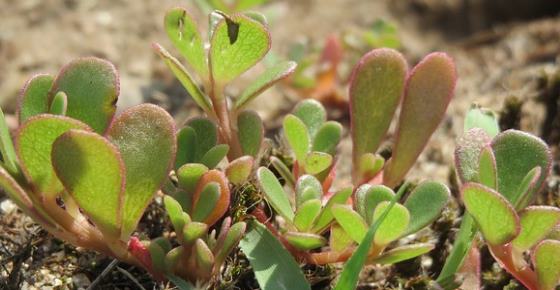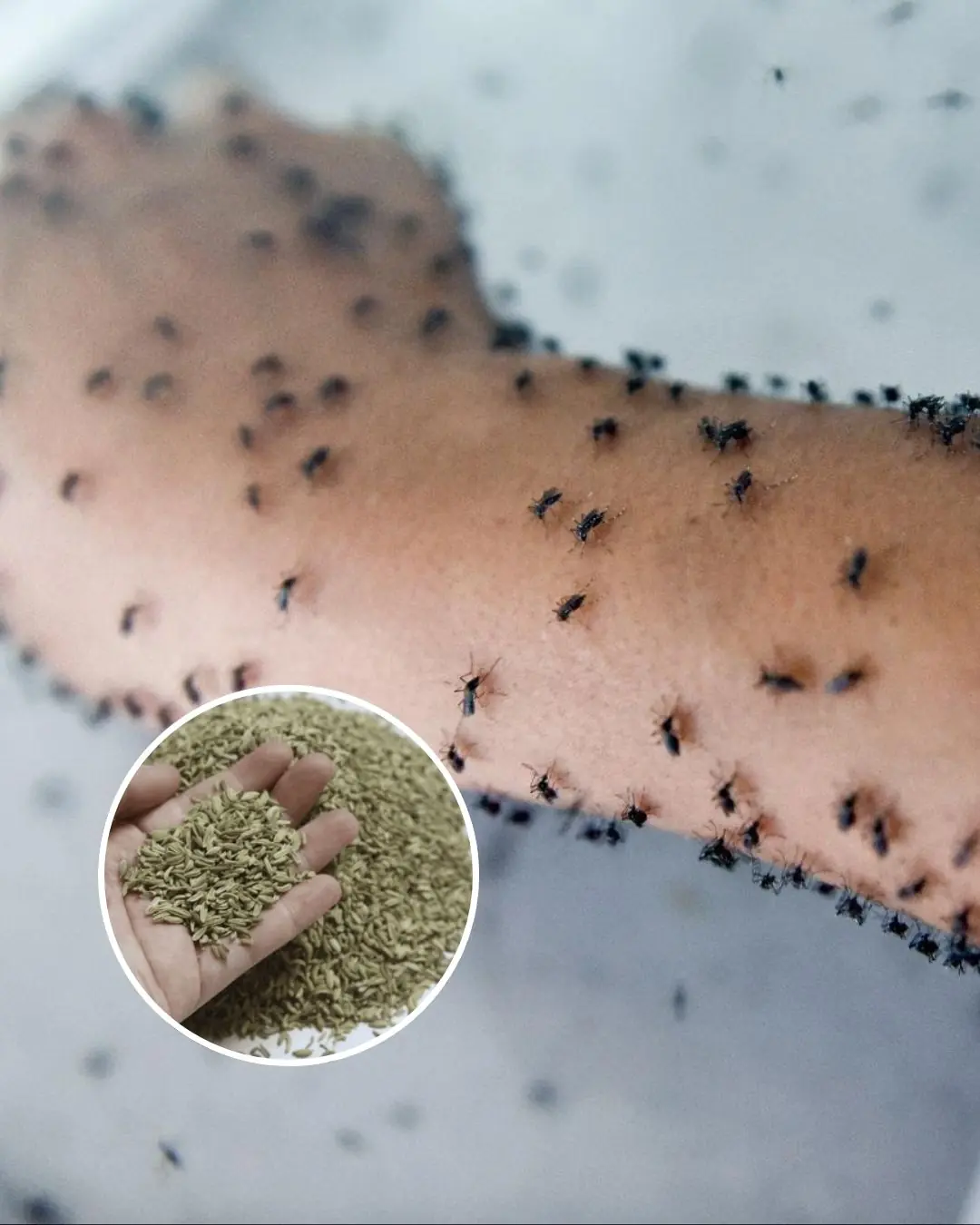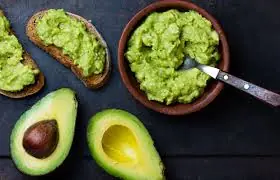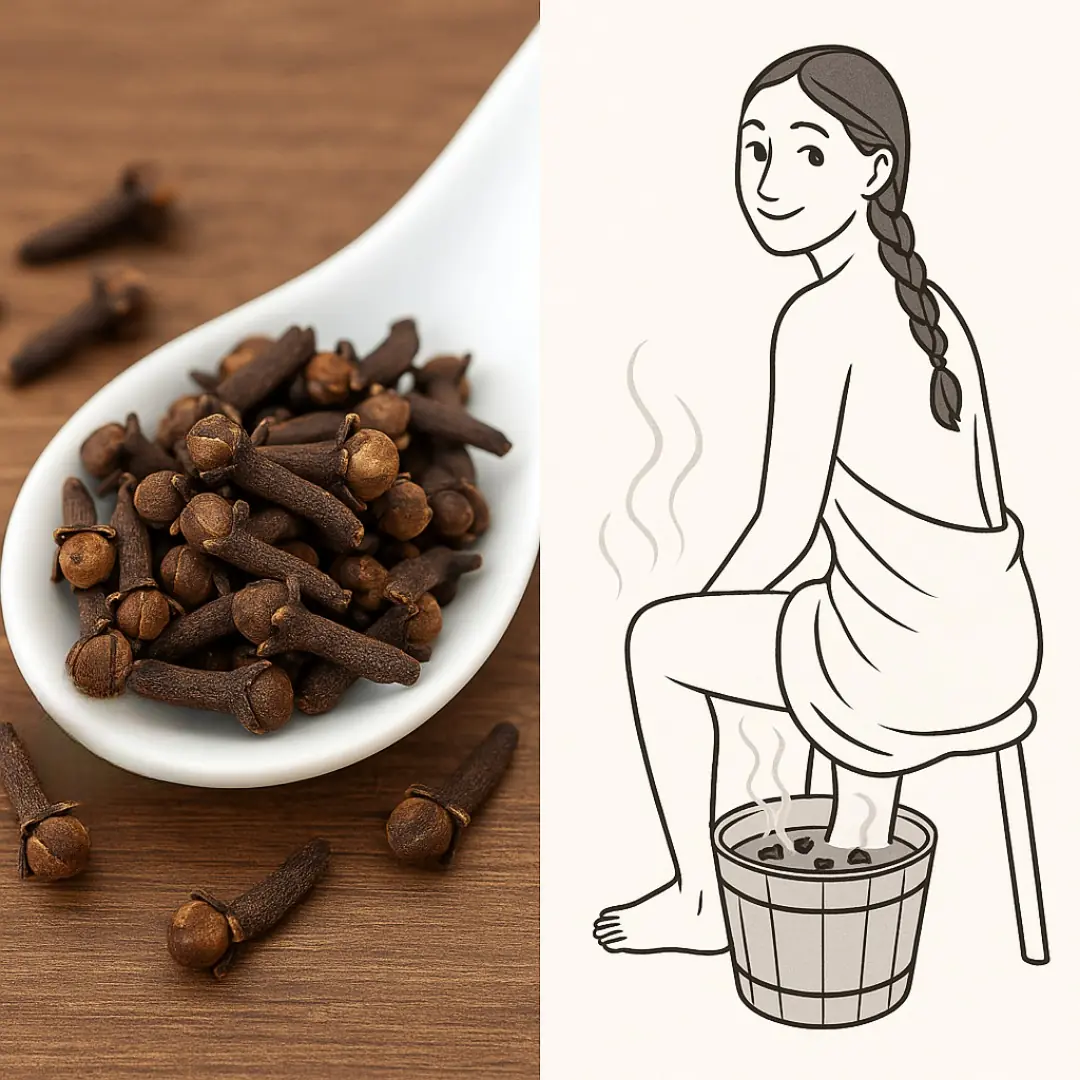
Purslane (Portulaca Oleracea): The Weed with Extraordinary Benefits (Science Based)
Purslane: A Nutrient-Packed Plant with Numerous Health Benefits
Purslane (also known as common purslane, verdolaga, red root, pursley, or Portulaca oleracea) is an edible plant that may often be mistaken for a weed, but it is a treasure trove of nutrients, vitamins, and minerals. Despite its reputation as an unwanted plant, purslane has been used for centuries in cooking and traditional medicine. The leaves of purslane offer a wide array of health benefits, including improving digestion, strengthening the immune system, and supporting heart health. Additionally, purslane can be used as a topical remedy for irritated skin, helping wounds heal faster and providing relief from various skin conditions.
Although many people are surprised by how beneficial this "weed" can be, scientific studies have confirmed that purslane contains antimicrobial, anti-inflammatory, and antidiabetic properties. This herbaceous succulent plant is increasingly gaining recognition in health circles for its multiple medicinal benefits, and it's often used in salads, soups, and traditional remedies.
However, while purslane is a healthy edible plant, it is essential to be cautious when picking it. Hairy-stemmed spurge, a toxic plant that closely resembles purslane, can be harmful if mistaken for purslane. Also, due to its oxalate content, purslane may not be suitable for individuals who are prone to kidney stones.
In this article, we will explore the scientific evidence behind the many health benefits of purslane leaves. You’ll also learn how to incorporate this amazing plant into your diet and how to address various health issues using purslane.
Purslane (Portulaca Oleracea): A Weed with Incredible Benefits
Purslane is a hardy, annual plant that thrives in warm and dry climates. Researchers describe purslane as having succulent foliage and bright yellow flowers when it blooms. While it is commonly considered a weed, purslane is packed with beneficial nutrients that make it an incredibly healthy addition to any diet.
The edible leaves of purslane are oval-shaped and can grow up to just over an inch (3 cm) long. These leaves can be consumed raw in salads or added to soups, stews, and other dishes to provide a crunchy texture. Many people describe the taste of purslane as similar to spinach or watercress, making it a versatile ingredient in various recipes.
Purslane vs. Hairy-Stemmed Spurge
One of the reasons to grow your own purslane plant is to avoid confusing it with hairy-stemmed spurge, a poisonous look-alike. While both plants may appear similar at first glance, hairy-stemmed spurge contains a milky sap that can irritate the skin upon contact. Purslane, however, does not secrete any sap when its leaves or stems are broken.
To tell the difference, note that purslane leaves and stems are succulent, while those of spurge are not. If you break a stem or leaf of purslane, it should not excrete a milky fluid, which is a clear sign it’s not spurge.
Nutritional Value of Purslane
Purslane is so nutrient-dense that the World Health Organization (WHO) has recognized it as one of the “most used medicinal plants.” But what makes this plant so special?
A 1-ounce (28g) serving of purslane contains only 6 calories and 1 gram of carbohydrates. It provides nearly 6 grams of vitamin C, which accounts for about 10% of your daily recommended intake. Purslane leaves also contain vitamin A, B vitamins, and essential minerals, making them a valuable addition to a balanced diet.
In addition to vitamins, purslane is rich in minerals such as potassium, magnesium, and calcium—critical elements for maintaining healthy blood pressure, a strong heart, and good bone density.
One of the standout features of purslane is its high content of omega-3 fatty acids, particularly ALA (alpha-linolenic acid). Omega-3 fatty acids are essential for good health, contributing to heart disease prevention and promoting overall well-being.
Health Benefits of Purslane
Purslane offers a wide range of health benefits that go far beyond its impressive nutritional profile. Let’s explore how this remarkable plant can improve your health:
Purslane is a Rich Source of Antioxidants
One of the primary reasons to include purslane in your diet is its abundance of antioxidants. These compounds help neutralize free radicals in the body, protecting cells from oxidative damage that can lead to chronic diseases. A 2017 study found that wild purslane contains a variety of phenolic compounds with antioxidant properties, including alpha-tocopherol (vitamin E), ascorbic acid (vitamin C), and beta-carotene. In fact, purslane contains more of these antioxidants than spinach, which is already known for its high antioxidant content.
By consuming purslane leaves, you can boost your body’s defenses against oxidative stress and support overall health. For a healthy boost, add freshly picked purslane to a salad with tomatoes, cucumbers, olive oil, and lemon juice.
Purslane Strengthens Your Immune System
Purslane is an excellent immune booster thanks to its high antioxidant content. Research has shown that certain compounds in purslane can help increase the number of white blood cells, which are crucial for fighting infections. Purslane also contains polysaccharides that enhance immune function, helping protect the body from serious diseases like cancer.
A 2013 study found that compounds in purslane may stimulate the immune system to fight various types of cancer. By regularly consuming purslane, you can support your immune system and reduce your risk of illness.
Purslane Promotes Cardiovascular Health
Purslane’s omega-3 fatty acid content makes it an excellent plant-based option for heart health. ALA, found in purslane, has been shown to help lower cholesterol levels and reduce inflammation, both of which are important for cardiovascular health.
Studies have demonstrated that ALA omega-3 fatty acids can help reduce the risk of cardiovascular disease. Compared to spinach, purslane contains five times more ALA, making it one of the best plant-based sources of this heart-healthy fat.
Purslane Supports Digestive Health
Purslane has been traditionally used to treat digestive disorders. Studies have confirmed its gastroprotective properties, showing that it can help reduce muscle spasms and alleviate symptoms of conditions like gastric ulcers and diarrhea.
A 2018 study on purslane extracts in mice found that it effectively reduced gastric acid secretion, which can help soothe the digestive tract. Regular consumption of purslane can improve digestion, alleviate constipation, and promote overall gastrointestinal health.
Purslane Can Help Manage Diabetes Symptoms
For individuals with type 2 diabetes, purslane can be a valuable addition to your diet. Numerous studies have shown that purslane helps regulate blood glucose levels and reduce diabetes-related inflammation. A 2019 review of trials found that purslane herb could help regulate blood sugar levels, while animal studies have shown that purslane reduces the harmful effects of diabetes.
In addition, purslane has been shown to help improve cardiovascular markers in people with diabetes. Regular consumption of purslane supplements may also help manage symptoms and improve blood pressure in individuals with type 2 diabetes.
Purslane Heals Skin Inflammation, Wounds, and Burns
Purslane is also beneficial for skin health, with its natural antioxidants and anti-inflammatory compounds helping to soothe irritated skin and promote wound healing. It can be used topically to treat minor cuts, burns, sunburn, and other skin inflammations. Studies have shown that applying purslane extract to wounds can speed up the healing process.
Purslane can be used as a poultice for insect bites, eczema, and skin rashes. If you have a sunburn, simply crush purslane leaves and apply the paste to the affected area. This can provide soothing relief and help your skin heal faster.
Purslane Can Help Treat Inflammatory Diseases
Inflammatory conditions like rheumatoid arthritis and fibromyalgia can be managed with a diet rich in anti-inflammatory foods. Purslane contains compounds that inhibit the release of inflammatory enzymes, providing relief from chronic inflammation. Regular consumption of purslane can help reduce pain and manage the symptoms of these conditions.
Purslane Supports Bone Health
Purslane is a great source of calcium, magnesium, and phosphorus, all of which contribute to healthy bones. Studies have shown that purslane can improve bone mineral density and stimulate bone cells, which is important for preventing osteoporosis and maintaining strong bones.
Adding purslane to your diet can help reduce the risk of fractures and promote overall bone health.
Purslane Has Anticancer Properties
Research suggests that purslane contains compounds with anticancer potential. Purslane extracts have been shown to suppress tumor growth and protect cells from DNA damage. Although further research is needed, purslane shows promising potential as a natural remedy in cancer prevention.
Growing and Eating Purslane
Growing your own purslane is a great way to enjoy its health benefits. Purslane is easy to grow in gardens or pots and thrives in warm, dry climates. If you grow it at home, it’s best to trim the plant before it flowers to prevent it from becoming invasive.
You can eat purslane raw in salads, add it to soups and stews, or blend it into smoothies. Make sure to wash the leaves thoroughly before eating to remove any dirt. If you're concerned about oxalates, boiling purslane leaves can reduce their content by up to 87%, making it safer for those prone to kidney stones.
Conclusion
Purslane is an incredibly nutritious and versatile plant that offers a wide range of health benefits. From improving immune function and cardiovascular health to aiding digestion and managing diabetes, purslane is a powerhouse of health benefits. Incorporating purslane into your diet, either fresh or as a supplement, can significantly enhance your overall well-being. Whether you grow it yourself or buy it from a trusted source, purslane is a beneficial plant that supports a healthy lifestyle.
News in the same category


After Surviving 800 Snake Bites, This Man’s Blood Could Be the Universal Antivenom the World’s Been Waiting For

10 Warning Signs It’s Time to Cut Back on Caffeine

“Cases Are Exploding”: Living Near a Golf Course May Raise Your Risk of Parkinson’s, Study Warns

You’ll never see mosquitoes again if you do this

What to Eat to Boost Energy After 60: Key Foods for Vitality and Well-being.

8 Foods That Help Eliminate Cancer Cells

How to Tell If You Have Intestinal Parasites and What to Do About That

Scientifically Proven Health Benefits of Avocado and Avocado Seeds

An Eye Specialist Explains What To Do If You Begin To See “Floaters”

10 W@rning Signs It’s Time to Cut Back on Caffeine

5 Early Signs of Colon Cancer You Shouldn’t Ignore

Scientists Discover Body’s ‘Kill Switch’ Capable of Destroying Cancer Cells

Native American High Schooler Discovers Cancer-Fighting Properties in Traditional Chokeberry Pudding

The Healing Benefits of Cloves: Natural Remedies for Improved Wellness

13 Warning Signs of High Blood Sugar and 9 Ways to Take Control of Your Health

If You Have These Tiny Red Dots On Your Arm, Do Not Ignore The Warning Signs

The Truth About “Old Person Smell”: What Causes It And How To Get Rid Of It
News Post

Consciousness Is Not Confined to the Brain, But Is Connected To The Whole Universe, Scientists Say

After Surviving 800 Snake Bites, This Man’s Blood Could Be the Universal Antivenom the World’s Been Waiting For

10 Warning Signs It’s Time to Cut Back on Caffeine

“Cases Are Exploding”: Living Near a Golf Course May Raise Your Risk of Parkinson’s, Study Warns

11 Heartbreaking Signs Your Dog Is Nearing the End—And How To Give Them The Love They Deserve

Why McDonald’s Removed The Clown From The Company Image

You’ll never see mosquitoes again if you do this

What to Eat to Boost Energy After 60: Key Foods for Vitality and Well-being.

9 Chilling Stories of Third Man Syndrome: When an Unseen Presence Aided Survival in Disasters

Experts Are Drawing Attention To A Disturbing Noise That People Produce Just Before They Die

A Young Woman Was Found Dead During A Long-Distance Bus Journey—With 26 iPhones Glued To Her Body

8 Foods That Help Eliminate Cancer Cells

Hacker with 30 years experience reveals the one thing we need to be worried about in the future

Man who spent 10,000 Bitcoin on two pizzas in 2010 could've been eye-wateringly well off today

How to Tell If You Have Intestinal Parasites and What to Do About That

Scientifically Proven Health Benefits of Avocado and Avocado Seeds

An Eye Specialist Explains What To Do If You Begin To See “Floaters”

A Double Cheeseburger and 75 Years of Love.
It was just a regular evening at Wendy’s. I had stopped in for a quick bite—nothing fancy, just a double cheeseburger, fries, and a moment of peace before heading home.
